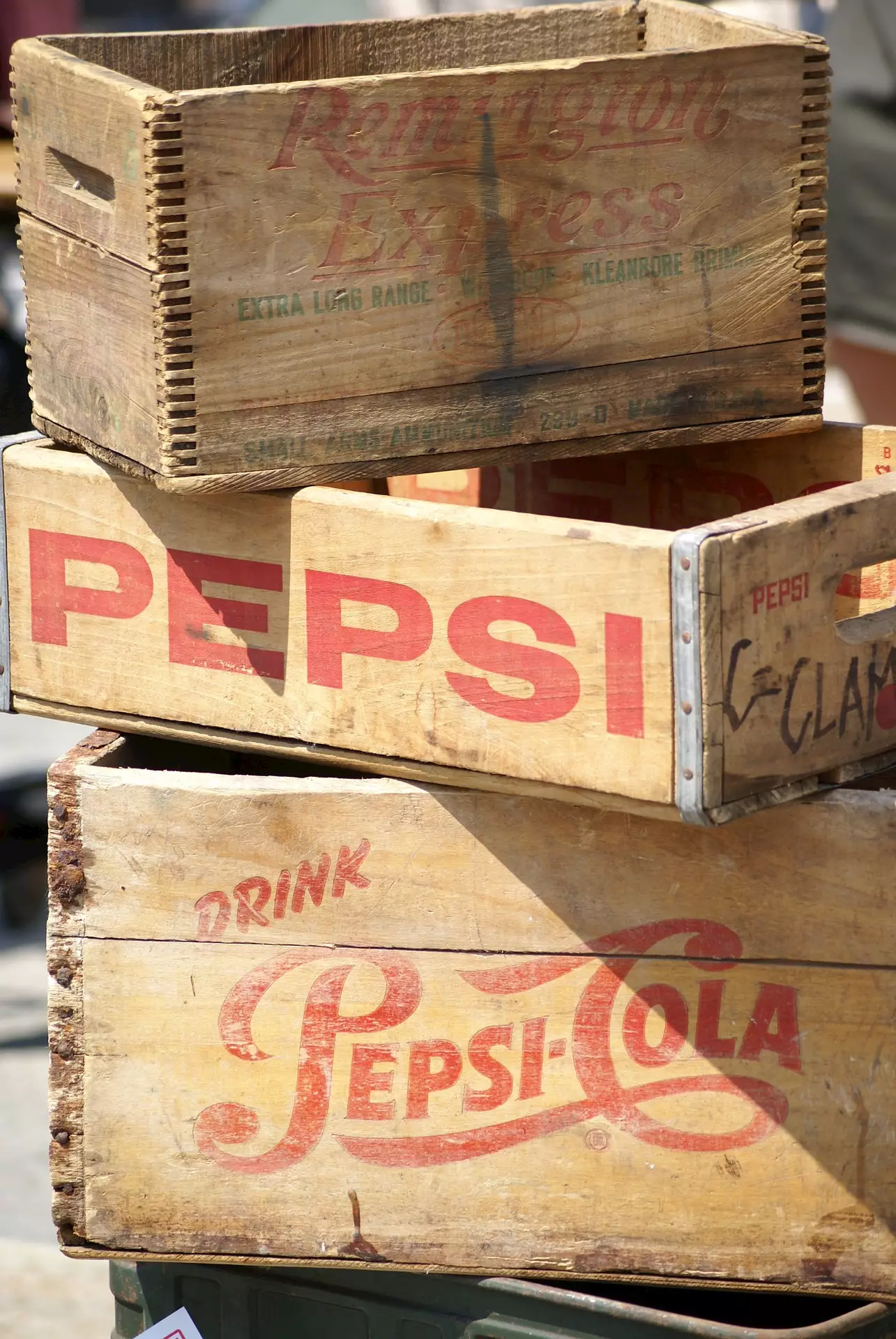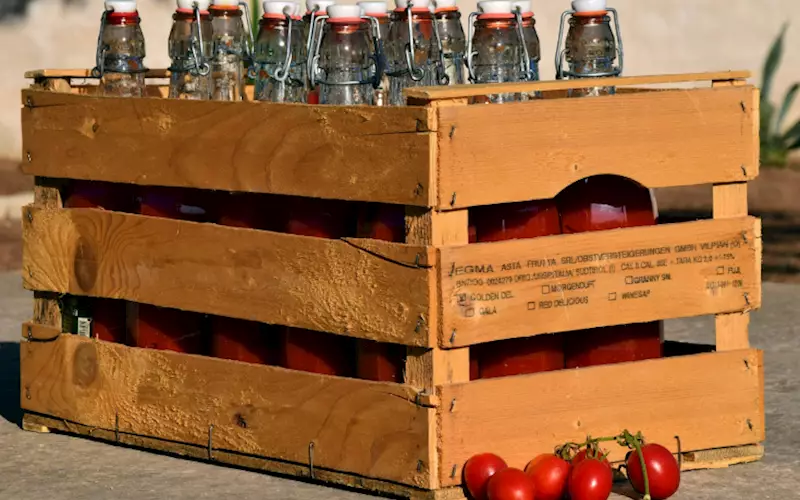Packaging can be sustainable. Touch wood!
The terms plastic packaging and sustainability have been inseparable for the past two decades? But have you ever put thought about wood as a sustainable package? Excerpts from the CII Packaging Conference 2021
22 May 2021 | By WhatPackaging? Team
Wood has been an integral part of tertiary packaging for centuries. Wooden boxes, crates and pallets have played a key role in material handling operations in manufacturing facilities, and the import and export of large shipments and heavy equipment. Wooden packages and pallets find their applications in a range of industries, right from automotive to food and beverages. But what about its sustainability quotient?
Wood as a sustainable material
Wood ticks all the boxes when it comes to sustainability – it has a low carbon footprint, it decomposes in the environment, it is reusable, it is renewable and wooden pallets can be stacked and so, it is space-efficient, too.
Andreas Phil, executive vice-president, R&D/technology portfolio, Nefab, says, “Plastics befit when it comes to circularity, but when it is about a one-way flow, which is inevitable in numerous cases due to difference in regulations and import-export norms, wooden packaging is a great alternative in terms of sustainability. It has a low carbon footprint in comparison to PP, steel, paper and plywood among other materials. For instance, wood has an 8% Co2 per kg output as compared to PP.”

Dr T Dhamodaran, chair of excellence forest products, ISWT, concurs, “Wood is a renewable material, it can be sourced from sustainably harvested forests and certified plantations. These aspects make the material a good substitute for a range of packaging choices.”
In addition to sustainability, the other benefits of wood are that it has no MOQs; it offers custom printing or weight options and offers convenience in shipping and transportation.
The perfect wooden package
As wood is a biological material its properties such as density, moisture content, hardness and printability varies among other characteristics.
As per the IS 6662: 1993(R2005) - Timber Species Suitable for Wooden Packaging, about 17 species are at the Suitability Index of 95 (out of 100), close to 45 species meet the suitability index of 80-95, close to 26 species meet the index of 70-80, among other species. This shows the range of options woods provides as a packaging substitute. The standard provides the best packaging options in terms of workability, durability and treatability.

According to Manan Chopra, director, Benz Packaging Solutions, a combination of softwood and processed engineered wood make the package aesthetic and lightweight. “It helps reduce the weight of the box or the pallet and stands better to weather conditions. Softwood also helps to bring down the cost of the package,” he adds.
Wooden pallets and challenges
DK Rai, director, Chep India, says in comparison to wooden pallets, repairability is a huge challenge in plastics. Due to this, the overall utility value of the pallet is challenged and even if the repairing has to be done, it becomes quite expensive. “If wooden pallets are being used in many cycles, not being disposed of after every leg of its use, you can replace its pieces and prolong its life for more than 20 years.”
However, before stepping into the debate on plastic versus wooden pallets, Rai emphasises the fact that India is still at a phase where a range of companies is still employing manual labour for material handling. "Thus, the first step to be undertaken has to be to push the use of pallets, only then can one focus on other aspects such as sustainability.”

The other challenge according to Rai is that manufacturers have designed their supply chain in isolation. If it can be standardised, especially the backend of the supply chain and if collaborations can be done to make use of a common platform, it can bring many sustainable prospects. Based on flexibility, pallets can be purchased as well as rented. “Pallets are least conflicting utilities. Companies don’t compete on their pallets but compete on the features of their products. Hence, the same pallets can be re-used and also be repaired for similar applications,” he says.
Moisture content in wood
Dhamodaran explains that as wood is a biological material, it can have shrinkage and swelling problems due to moisture content. “So, to rectify this, the timber has to attain the equilibrium moisture content. Technically, the material has to surpass fibre saturation point.”
Chopra says, “Wood has a moisture content of close to 30-60%. Thus, solutions such as specialised desiccants can help boost the shelf-life of wood. It can enable the wooden packages to prolong its product properties.”

He adds, “We offer in-box and container desiccants which can absorb close to 400% of the wood’s weight. Products such as these desiccants or VCI papers enable the package to be safe from the processes such as oxidation and condensation.”
Wooden packaging regulations
The International Standards for Phytosanitary Measures (ISPM) 15 is a regulation that directly addresses the need to treat wood materials of a thickness greater than 6-mm.
Chopra explains that these measures are in place to keep the micro-organisms and infestation away from wood through processes such as heat treatment or fumigation using methyl bromide. The types of wood subjected to these treatments are mostly softwood as engineered wood does not have any moisture content.
The Forest Stewardship Council (FSC) and the Sustainable Forestry Initiative (SFI) are the standards for wood certification in India. These standards focus on forest and plantation owners willing to adopt a sustainable forest management system. However, Phil points out that these certifications are a bit on the expensive side for SME or MSME manufacturers to avail.
Thus, local certifications such as the Government of Kerala’s certifications for rubberwood should be formed, says Phil. “More companies should demand such certifications from local governments. Besides this, India has to balance importing and sourcing local wood and strive to eliminate the use of jungle wood, which still prevails in a range of companies. Importing wood by sea containers is also a highly sustainable option.”

Insights from sustainable packaging with wood and wood pallet session at the CII conference 2021











 See All
See All